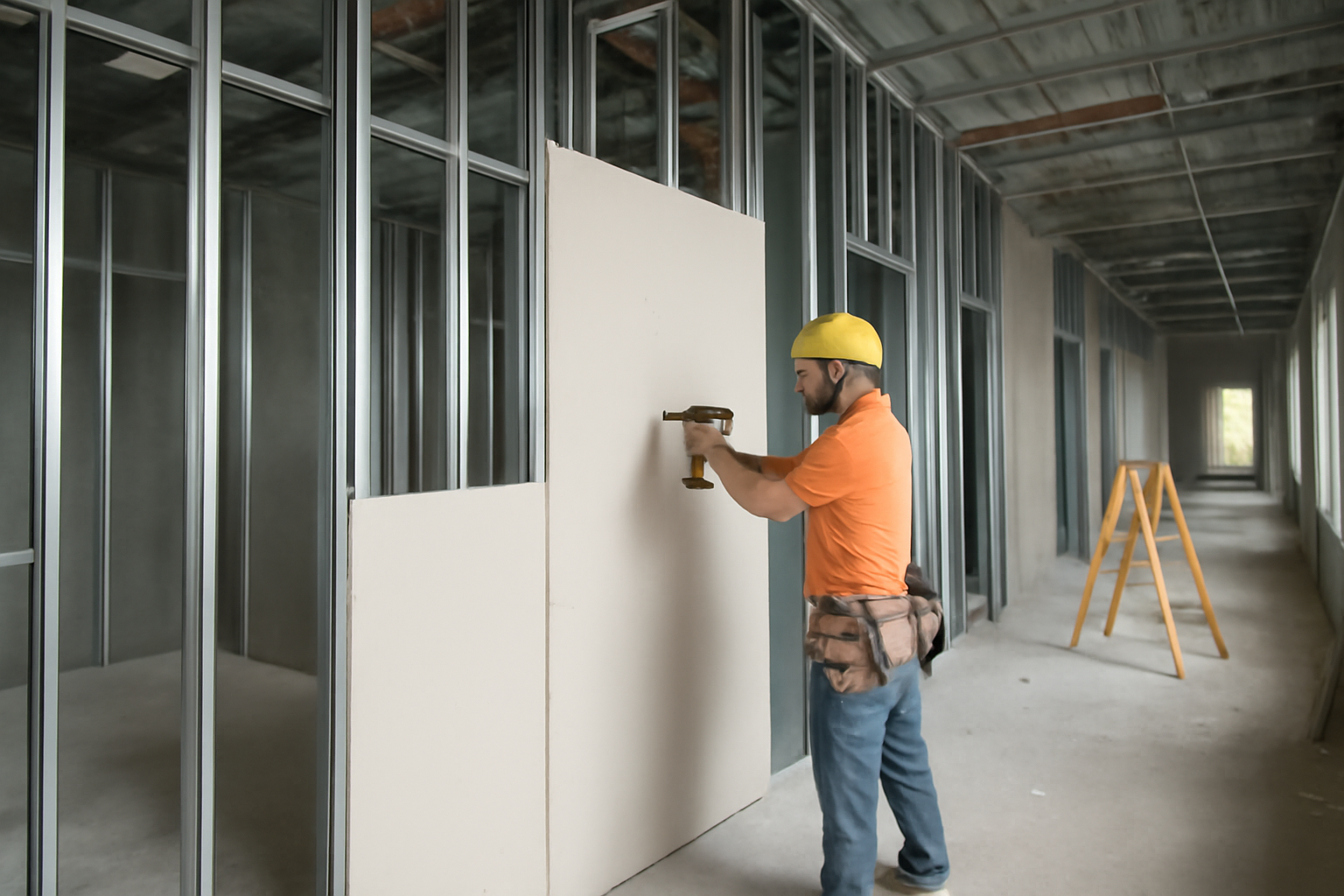
Complex drywall layouts—featuring irregular geometries, mixed materials, variable heights, or embedded systems—introduce a higher level of uncertainty into the estimating process. Traditional estimating approaches struggle to capture this complexity with sufficient accuracy, often leading to misaligned bids or costly overruns. For architects, engineers, and general contractors, adopting a risk-based estimating model ensures that these variables are not just acknowledged but accounted for quantitatively.
Not all drywall systems are created equal. The following factors typically indicate a higher-risk scope:
Rather than applying flat unit rates, risk-based estimating adjusts cost logic based on the likelihood and impact of complexity. This leads to:
Active Estimating empowers teams to embed these risk factors directly into assemblies, applying labor modifiers and cost buffers only where they are needed.
In a healthcare build, a corridor featured multiple door openings, integrated backing, lead-lined boards, and complex MEP coordination. Rather than apply a generic per-square-foot cost, the estimator used drywall estimating logic to layer in:
This raised the line-item cost by 32%—but the GC was able to plan around the higher complexity and avoid rework, maintaining margin integrity.
With a platform designed around both subjective and objective cost inputs, Active Estimating enables continuous refinement and validation of drywall costs. Risk is not buried in markup—it is defined, tracked, and adjusted in real time as the design evolves.
Complex drywall layouts should not be treated with oversimplified math. They require a flexible and data-aware estimating process that aligns with how construction actually unfolds. With Active Estimating, risk becomes part of the workflow—not a post-bid surprise—empowering teams to price confidently, adjust intelligently, and build profitably.
Contact Information:
Active Estimating
508 2nd Street, Suite 208
Davis
California
95616
Rich Schoener
richard@activeestimating.com
(877)
Schedule a personalized demo to see how Active Estimating can work for your specific needs.
